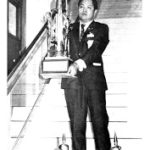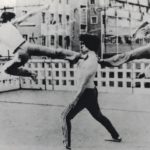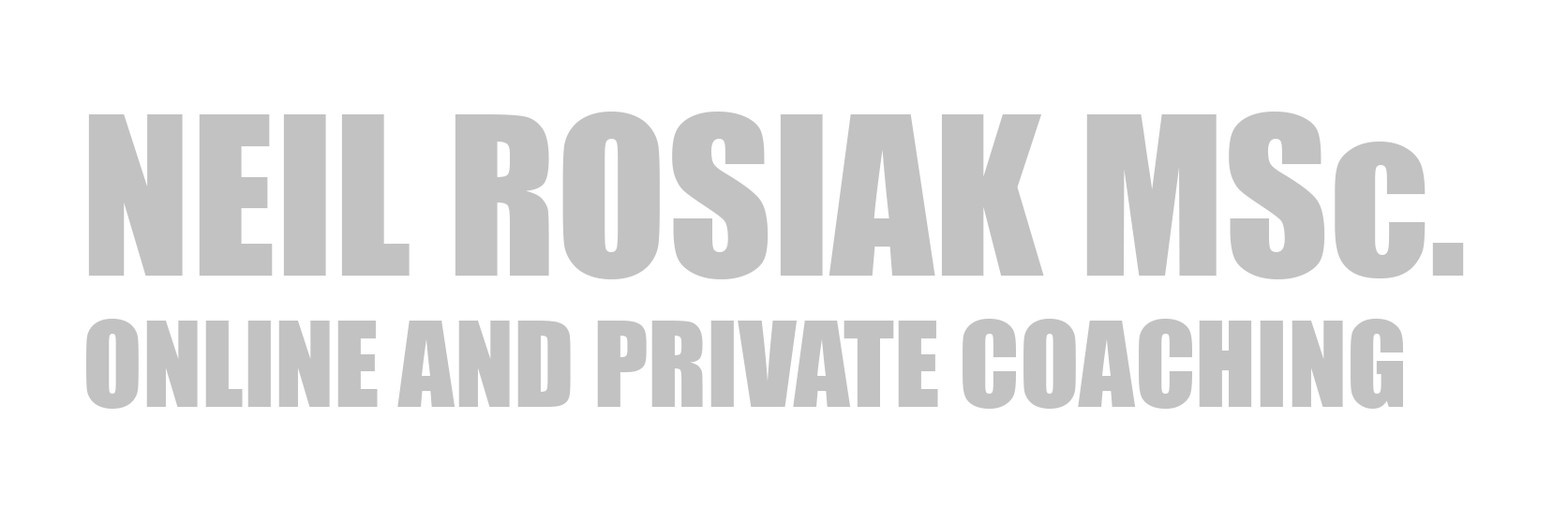The practical Tai Chi system
The Wudang style is an extremely complete system of Taijiquan, whether your interests are health/fitness, martial arts, self defence or self development.
Its practice is based around five key areas of training, which each specialise in developing specific qualities and skills.
These are;
Hand Form training
Traditionally it is said that practicing the hand form enhances and develops the mind. The hand form is the well known, slow motion practice usually most associated with Tai Chi. It works to strengthen the physical body, but also to enhance the coordination between the mind and body.
Pushing Hands
These exercises are designed to give you the tools to develop a sensitivity towards the intentions of others, via the sense of touch. Various physical skills also get enhanced whilst sensitivity is built up.
Neigong
This is an advanced practice, which consists of 12 Yin exercises and 12 Yang exercises, practiced on alternating days. Training neigong works on many physical and mental levels, and is designed to produce a powerful and coordinated body, with a tranquil mind.
Self Defence training
Learning the applications of the various forms of the hand form is the starting point for becoming proficient in Tai Chi self defence. Over time the student learns how to simply adapt to all situations using the foundation Tai Chi principle.
Weapons training
Tai Chi weapons provide a great physical challenge and develop physical fitness and coordination to a high degree. The techniques can be adapted to every day objects for use in self defence too.
The training in classes and workshops follows the traditional approach, practicing each element thoroughly and systematically. It’s suitable for men and women of all ages and fitness levels.
Background to the Wudang style

He became famous in Asia initially for taking on and beating the 3 time national champion of Taiwan in full contact fighting. He was also known as the ‘Tai Chi bodyguard’ because he would physically stand up for all Taijiquan practitioners in the days of challenge matches and ‘kick school’, where rival schools of martial arts would physically attempt to take over your school. He later became famous for training many other full contact fighting champions using Taijiquan, which no other teachers in Asia were doing.
Cheng Tin Hung’s approach combined deeply rooted practicality, complete adherence to the classical principles of training as described in the Tai Chi classics, as well as an open systems approach to teaching. This means he passed on his knowledge freely to all those who practiced wholeheartedly.

The important thing to understand about the Wudang system is that it offers a lot of potential benefits, using the original, authentic training methods. Older people may concentrate their efforts on the more gentle aspects of the art, whilst younger and the more vigorous may prefer to engage in the more dynamic elements. The art is presented and trained simply and wholeheartedly, with no embellishements but with profound ideas governing all.



